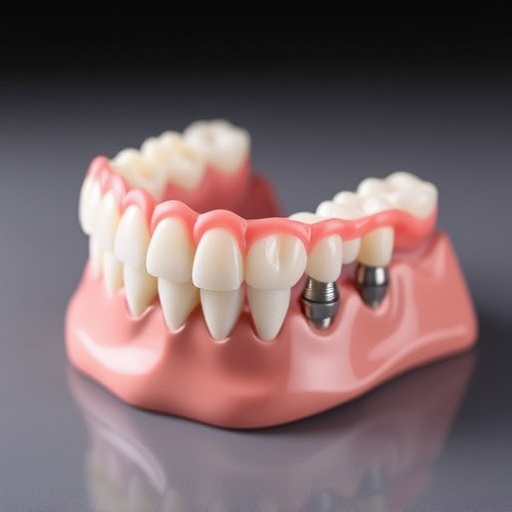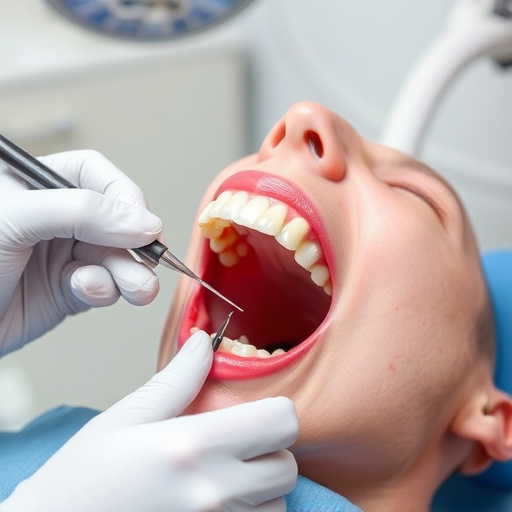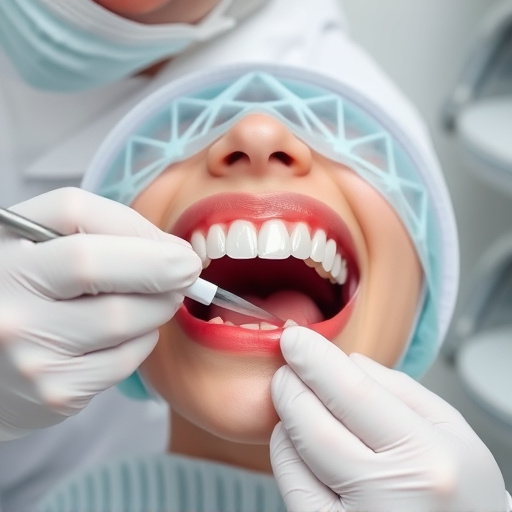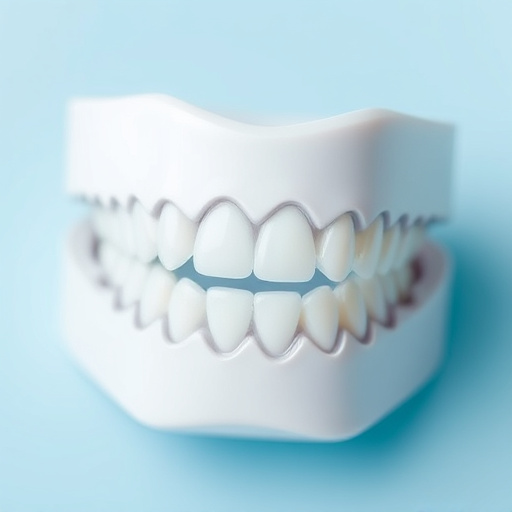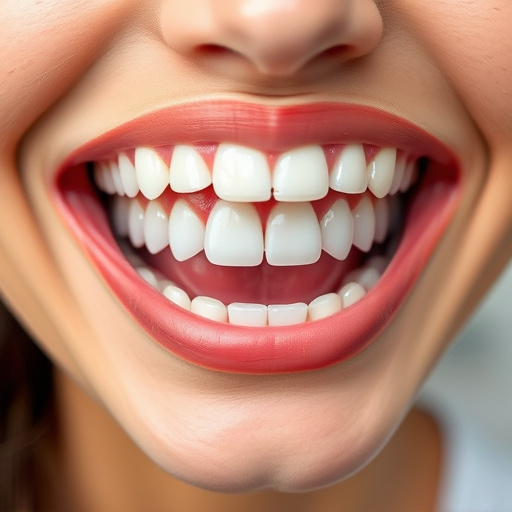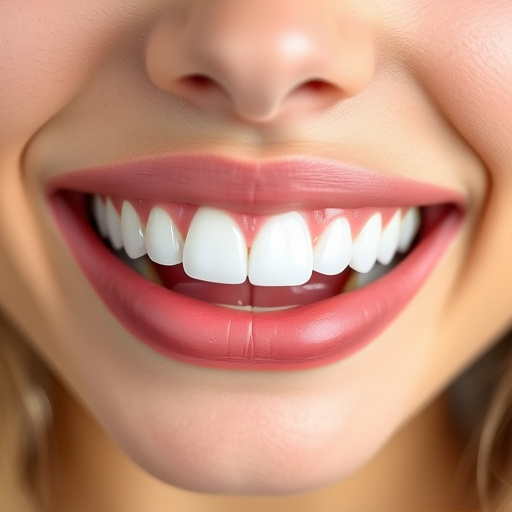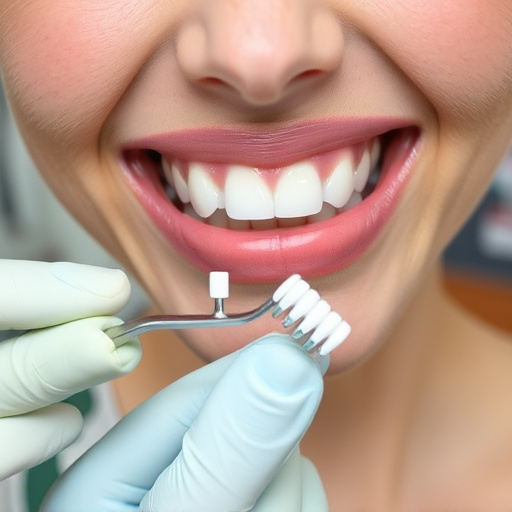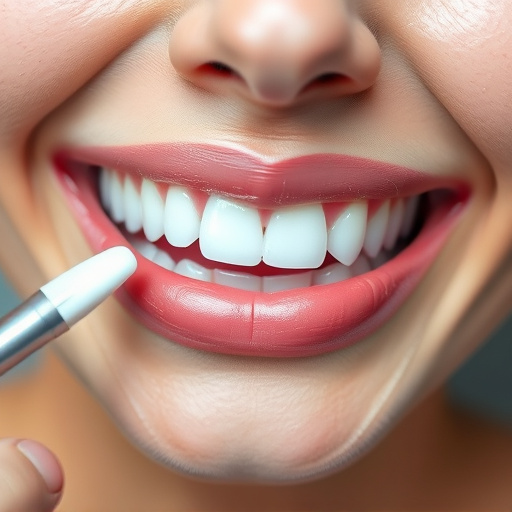Tooth sensitivity, caused by enamel wear, receding gums, or exposed dentin, leads to sharp pain from hot/cold foods and other triggers. Early signs include sudden pain from temperature changes and sweet/acidic substances. Regular dental care, including cleanings and assessments, is vital for identifying root causes. Effective treatment options range from specialized toothpaste to procedures like gum grafting or fillings. Preventive dentistry through routine check-ups and cleanings helps catch issues early, with treatments focusing on addressing underlying causes for lasting relief.
Do you experience a sudden jolt of pain when you drink something cold or eat sweet treats? You may be dealing with tooth sensitivity, a common yet uncomfortable condition. This article explores the signs that indicate it’s time to seek tooth sensitivity treatment. We’ll delve into the causes and triggers behind this issue, help you recognize early-stage sensitivity, and guide you through available treatment options for a pain-free smile.
- Understanding Tooth Sensitivity: Causes and Triggers
- Recognizing the Signs: Identifying Sensitivity in Its Early Stages
- Exploring Treatment Options: Nurturing a Pain-Free Smile Today
Understanding Tooth Sensitivity: Causes and Triggers
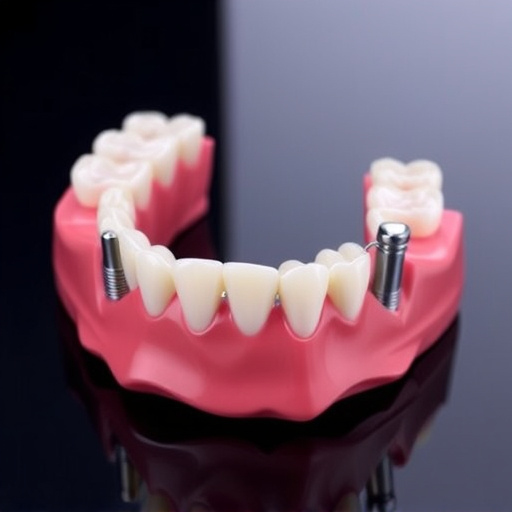
Tooth sensitivity can be a nagging and uncomfortable issue that arises due to various factors. It’s characterized by sharp pain or discomfort in response to certain stimuli, such as hot, cold, sweet, or acidic foods and beverages. Understanding the causes and triggers of tooth sensitivity is the first step towards seeking the right treatment.
Common causes include enamel wear, receding gums, tooth decay, or exposure of the dentin, a layer beneath the enamel that contains tiny tubes connecting to the nerves in your teeth. Triggers can be as simple as brushing too hard, using a toothpaste for sensitive teeth, eating acidic foods, or even dry mouth. In some cases, clear aligners or misaligned teeth can contribute to sensitivity due to increased pressure on specific areas of the mouth. Accessing comprehensive dental care that includes regular teeth cleaning and detailed assessments is crucial in identifying and addressing the underlying causes of tooth sensitivity, guiding you towards the most effective treatment options, whether it’s a specialized toothpaste, desensitizing treatments, or other procedures like gum grafting or filling.
Recognizing the Signs: Identifying Sensitivity in Its Early Stages
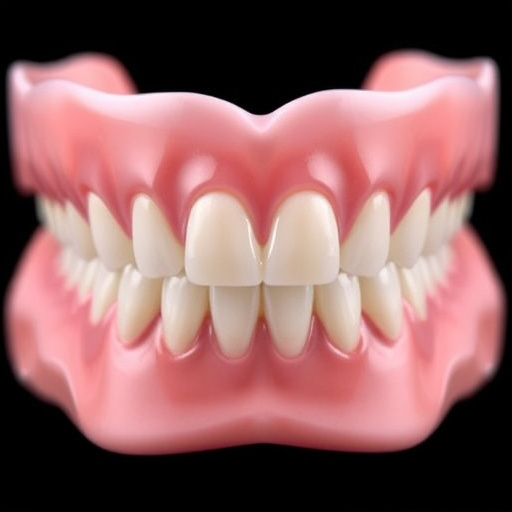
Recognizing the signs of tooth sensitivity early on is crucial for effective management and prevention of further discomfort. This condition often manifests as a sudden jolt or sharp pain when consuming cold, hot, sweet, or acidic substances. You might notice that certain foods and beverages trigger these painful reactions more frequently than others. For instance, sipping a cold drink or eating ice cream could cause your teeth to feel on edge. Even everyday activities like brushing your teeth or exposing your teeth to cold air during a chilly morning walk can become unpleasant.
To catch tooth sensitivity in its early stages, it’s essential to be vigilant about any changes in your oral health. Regular dental check-ups and discussions with your dentist about any concerns are key. Preventive dentistry plays a vital role here; routine teeth cleanings not only remove plaque but also help identify potential issues before they become more serious. In some cases, your dentist might recommend specific treatments like applying dental crowns to strengthen weakened tooth enamel or adopting a tailored preventive care plan to reduce sensitivity over time.
Exploring Treatment Options: Nurturing a Pain-Free Smile Today
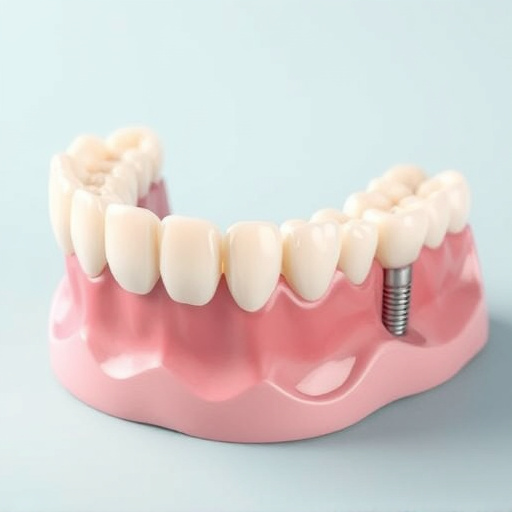
If you’re experiencing tooth sensitivity, it’s crucial to explore available treatment options for a pain-free smile today. Tooth sensitivity treatment goes beyond temporary relief; it’s about understanding and addressing the root causes behind your discomfort. Your journey to a sensitive tooth-free life starts with a visit to your general dentistry practitioner. They can perform routine oral exams to assess the extent of the sensitivity and recommend suitable procedures.
From in-office treatments like fluoride applications and desensitizing gels to at-home care practices such as using specific toothpastes, preventive dentistry plays a vital role in managing tooth sensitivity. Regular dental check-ups and cleanings are not just about maintaining good oral health; they also provide an opportunity for your dentist to catch early signs of sensitivity and guide you on the best course of action.
If you’re experiencing persistent tooth sensitivity, it’s time to consider seeking professional help. By understanding the causes and recognizing early signs, you can take proactive steps towards a pain-free smile. Exploring various treatment options ensures you find the best solution for your needs, allowing you to enjoy your daily activities without worrying about dental discomfort. Don’t let sensitive teeth disrupt your life; take control today with effective tooth sensitivity treatment.
